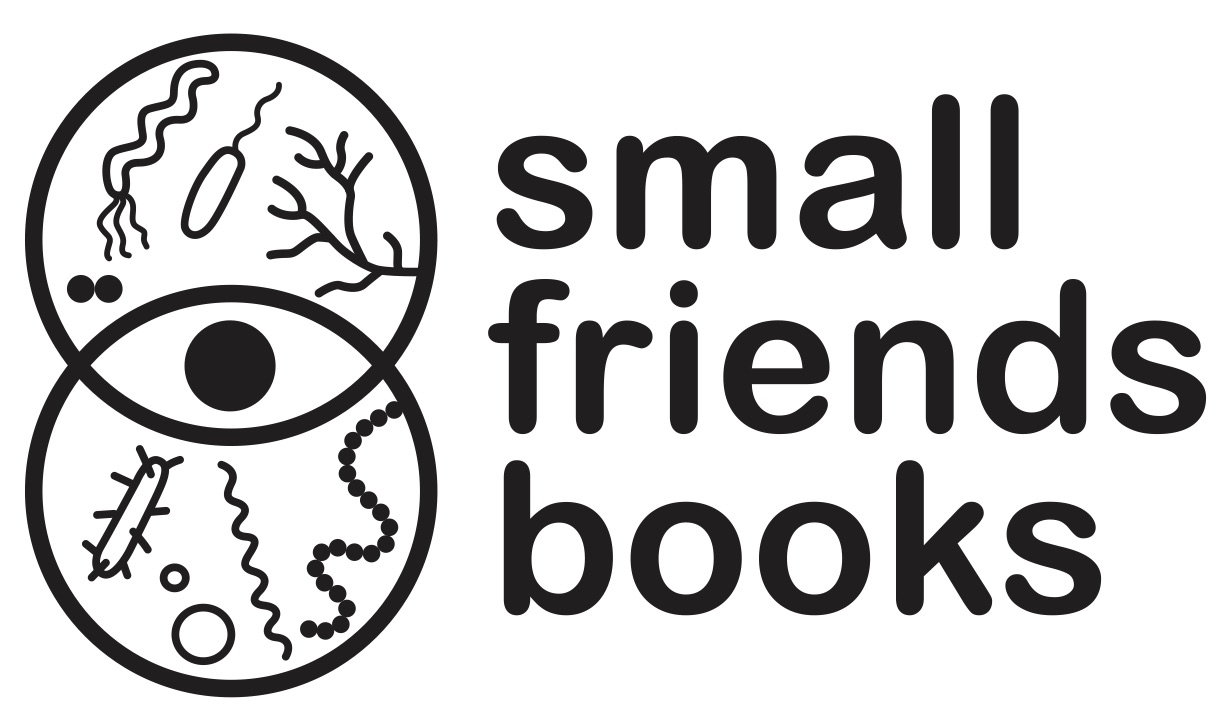Pasteur-ising
How could a trip to Paris be complete without paying homage to Louis Pasteur?
First up, Briony and I visited the Museé Pasteur – a museum dedicated to the legacy of the man who discovered the role of microbes in fermentation, created vaccines for rabies and anthrax and much, much more.
Since the time of Aristotle, it was thought that many life forms spontaneously emerged from water, dust, rotting flesh or the aether. But Pasteur championed the idea of biogenesis (Omne vivum ex vivo "all life from life"), famously demonstrating that sterilised meat will not rot without exposure to microbes from the surrounding air (luckily, he didn’t try that experiment with a McDonalds burger).
Pasteur also famously showed that microbes were responsible for spoiling beverages such as milk, beer and wine – and invented the process of pasteurisation – where the heating of these liquids killed most bacteria and moulds, preventing the potential growth of spoiling or disease-causing microbes.
The creation of the anthrax and rabies vaccines brought great wealth to Pasteur, and led to the creation of the Institut Pasteur - dedicated to the study of microbes. Still to this day, the Pasteur Institute is a world leader in the research of microbes, particularly their role in disease. And it was here at the Institut Pasteur, that we were to encounter Professor Philippe Sansonetti.
Sansonetti vs Shigella
The anti-hero in our upcoming book The Invisible War is Shigella flexneri, the bacterium responsible for most of the dysentery (severe diarrhoea) in the trenches during WWI.
While S. flexneri still causes millions of cases of dysentery in the poorest societies on Earth each year, we now understand a lot more about how it causes dysentery – in no small part due to Professor Sansonetti.
The thing that makes all Shigella bacteria so pathogenic (that is, able to cause disease) in humans, is the ability for a very small number of Shigella cells to invade our intestinal epithelium (the wall of our gut). And once inside, these Shigella can take over our epithelial cells – stealing our energy and assimilating our building blocks to make billions more…causing continuous eruptions from our gut wall to invade new regions of our intestine. This process releases lots of blood, which mixes with the eruptions of our intestinal mucus (trying to flush them away), to create bloody, mucous stools – characteristic of dysentery!
Working on Shigella for over 30 years, Prof. Sansonetti has provided the most complete and unified view of any bacterial-controlled disease process. Perhaps not surprisingly, these discoveries are now being employed to develop a vaccine against different types of Shigella still causing illnesses and deaths around the world every day.
We sat down with Philippe to learn more about his discoveries into how Shigella cells invade the human gut epithelium and how they take over once inside – so that we were best able to describe this process in our story. Probably the most interesting thing we learned about was how Shigella bacteria can trigger the ruffling of an adjacent intestinal cell (see above image), a process of engulfing which essentially ‘tricks’ our intestine into swallowing and internalising the Shigella…after which, all hell breaks loose!






